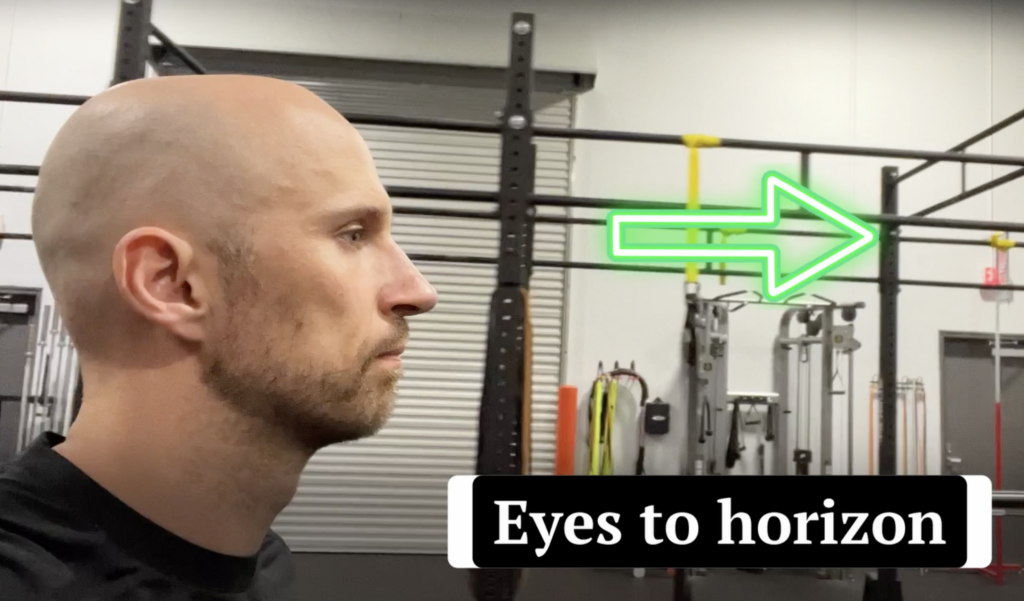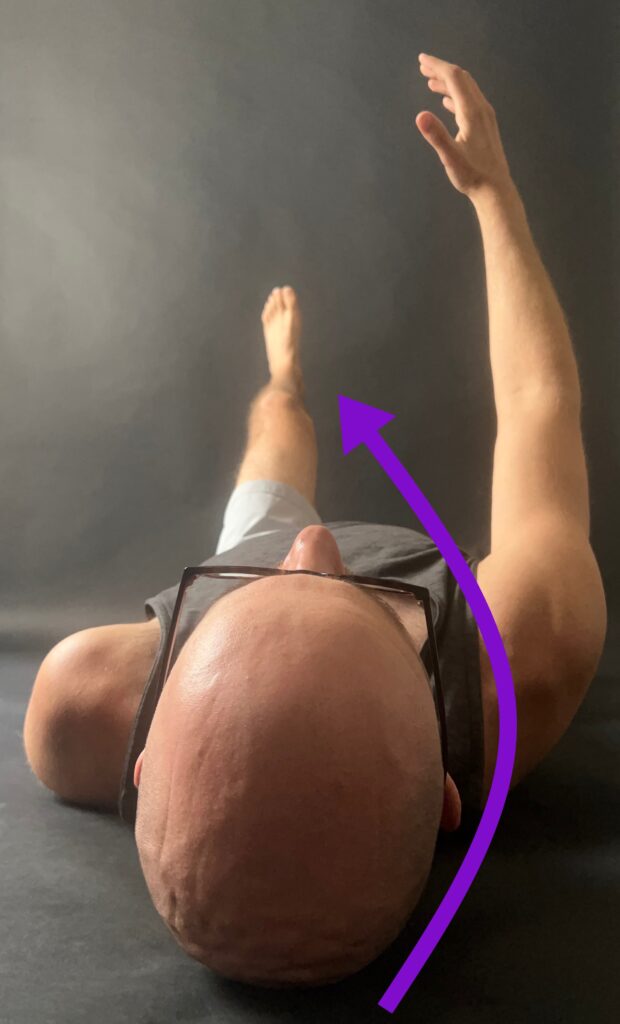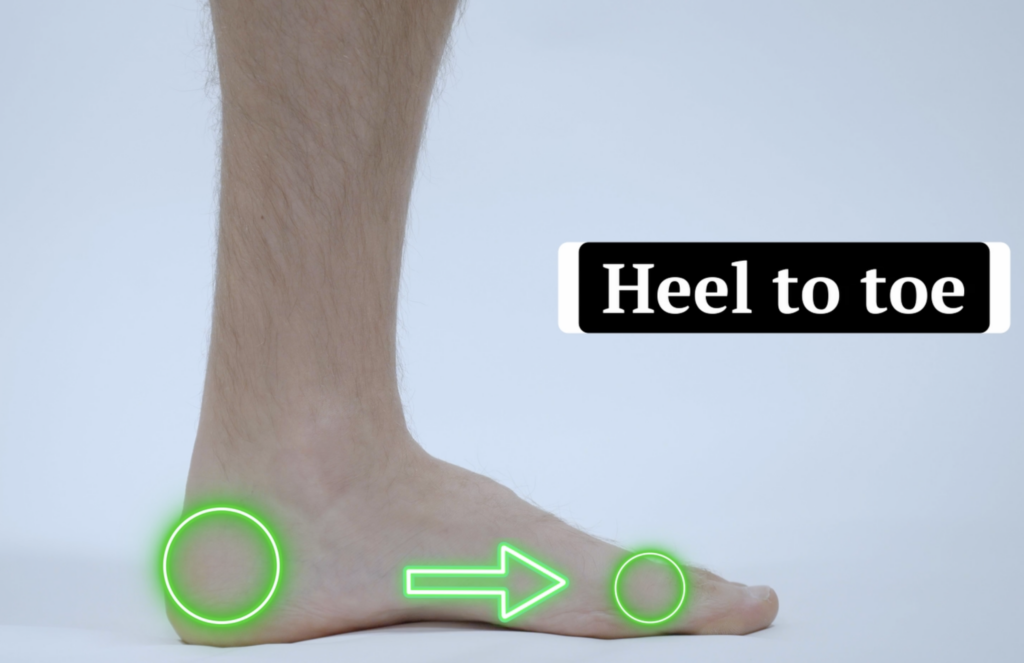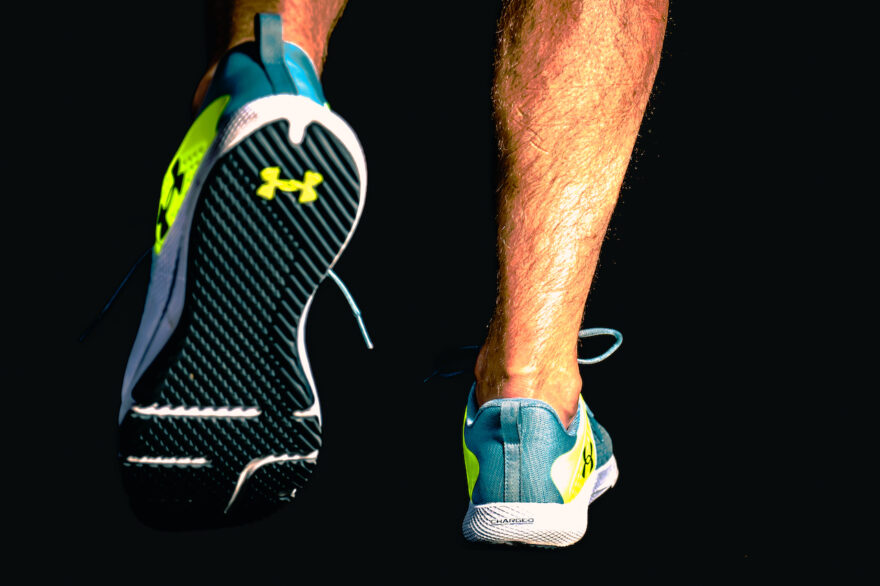Table of Contents
Make Walking Comfortable
I want you to think back on your last leisurely stroll or intense power walk.
Did you feel any discomfort?
Did your body ache, despite the countless rehab exercises you’ve been doing?
If so, you’re not alone, and I’ve got some news for you. Walking may seem simple, but is quite complex. Do it right, and it can be a game-changer for your mobility and posture.
Bear with me here, because I know it sounds odd. Walking should be an unconscious process. I mean, you don’t want to be Sting, contemplating every breath you take or every move you make, right?
Yet, what do you do if walking hurts? Considering your gait might be the key.
Let’s dive into what to think about while walking!
Read the blog, watch the video, and listen to the podcast below!
A Quick Walk-Through (Pun Intended) of Walking
In essence, walking is a series of rotations propelling us forward.
Picture this. As you stride forward with your left leg, your entire spine rotates to the right. That includes your pelvis and thorax. Your right arm swings forward, which progressively turns your back to the left. This opposing dance is what encourages natural rotation throughout your walk.
As the dance continues, your foot moves through rotational phases.
It’s not the same old 2-step, but the same ole’ 3-step:
Supination (arch rising) ➡ Pronation (arch flattening) ➡ Supination
These actions create the following rotations:
External rotation ➡ Internal rotation ➡ External rotation
This rhythm shapes the foot strike, which moves in the following path:
- Outer heel
- Inner heel
- First ray
- Big toe base
- Big toe
It’s a nerdy anatomical waltz! How majestic…But I know what you’re thinking:
“I have to think about ALL these steps?
Nah. Don’t sweat it playa.
If you occasionally think about 3 simple things when you walk, these steps will be automatic.
Just as the Pointer Sisters would’ve wanted it.
3 Simple Steps to Comfortable Walking
To improve systemic rotation, each key targets a specific part of the body:
- Head
- Thorax
- Pelvis
Here’s how to target each:
1. Head Gait Dynamics
The cue: Eyes to the horizon

Our eyes dictate the position of our head and neck. If you’re looking down all the time like a punished child, you limit your body’s ability to rotate.
Instead, strive to gaze at the horizon. Notice your external environment, promoting rotation throughout your spine.
Plus, focusing on the outside world is a pleasant distraction from aches and pains. There’s a lot of cool stuff out there if you pay attention. You got a bright future, kid!
2. Thorax Gait Dynamics
The cue: Swing Those Arms!

Your arms are key players in driving forward rotation during gait. You want them to swing out in front of you. If they don’t kiss your rotation goodbye.
As your arms swing, they’ll move in opposition to your legs. Left arm forward, right leg forward. Vice versa with that right arm left leg combo.
Pretend you’re John Wayne. Swagger with a purposeful arm swing.
As the great philosopher MIA once said:
“No one on the corner has swagger like us!”
3. Pelvic Gait Dynamics
The cue: Heel to toe

We can enhance the natural arch-flatten-arch action through a conscious foot contact approach.
First, sense your heels as they contact the ground, then shift your weight to your big toe.
Remember, it’s all about the “heel-to-toe, heel-to-toe” rhythm.
Struggling with this? Try walking backward – it expands the backside of your body and allows for more rotation.
Retro sled drags are a way of focusing on the “toe to heel” contact:
To incorporate the arm swing, I like retro carries:
Important Reminder (DON’T YOU DARE SKIP THIS)
These walking strategies are NOT meant to consume your every thought. They’re just pointers to help improve your comfort and biomechanics. This is even more important if walking hurts.
Sum up
Remember, small changes to walking can make a big difference. Keep these strategies in mind, and let’s take a step (ha!) toward a pain-free life together.
Here are the key takeaways:
- Walking is a series of rotations
- Gaze at the horizon, not at your feet
- Swing your arms with a swagger. Opposite arm. Opposite leg.
- Practice a “heel-to-toe” rhythm in your foot strike
- Walking backward can be a helpful practice if you struggle with proper forward gait.
And guess what? Once you’ve got this down, there are ways you can improve sitting posture too. Yes, there’s more to it than just “sit up straight.” Check out this deep dive on sitting posture for more.

